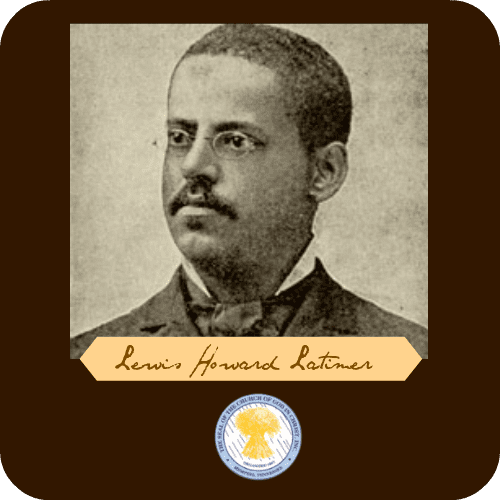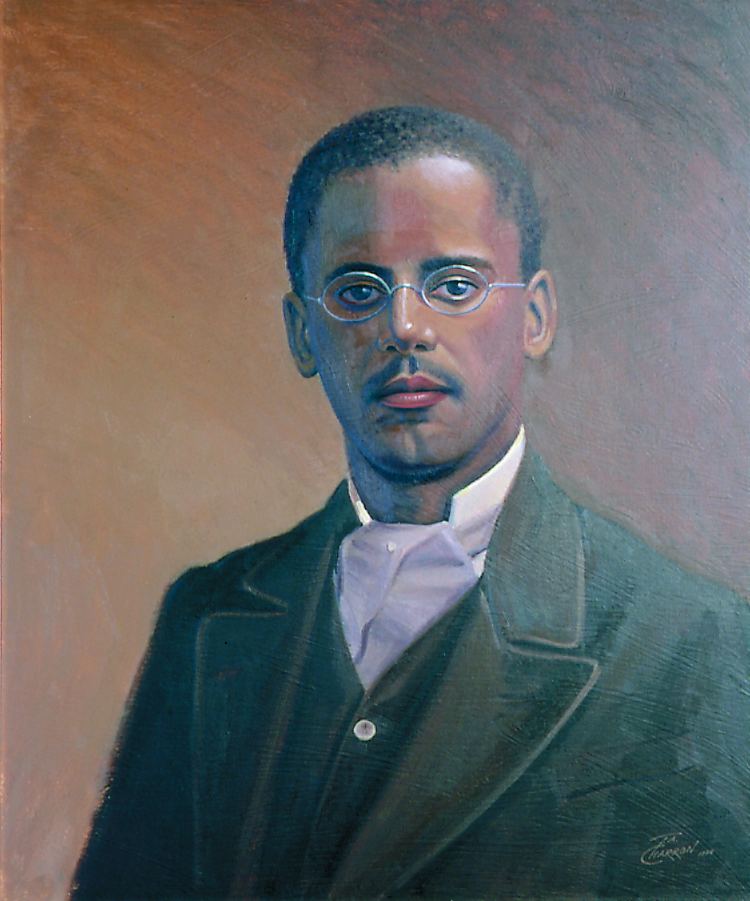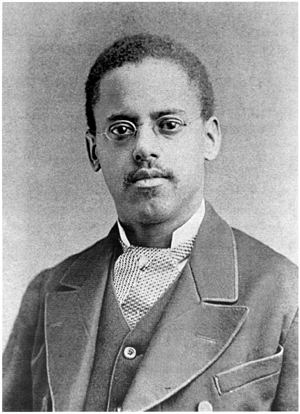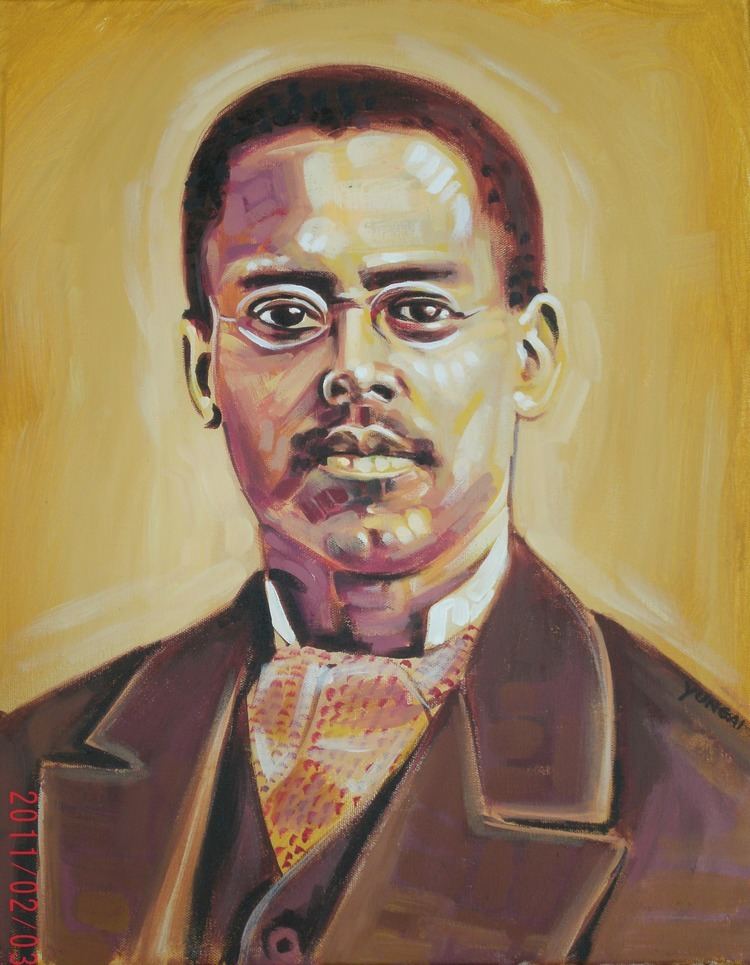Occupation Inventor Parents George Latimer Role Inventor | Name Lewis Latimer Spouse(s) Mary Wilson Lewis | |
 | ||
Children Jeanette (Mrs. Gerald F. Norman), Louise Books Incandescent Electric Lighting: A Practical Description of the Edison System Similar People Elijah McCoy, Granville Woods, George Latimer, Garrett Morgan, George Washington Carver | ||
Lewis Howard Latimer
Lewis Howard Latimer (September 4, 1848 – December 11, 1928) was an African American inventor and draftsman.
Contents
- Lewis Howard Latimer
- Krishi P Lewis Howard Latimer
- Biography
- Technical work and inventions
- Legacy
- Patents
- References

Krishi P. - Lewis Howard Latimer
Biography

Lewis Howard Latimer was born in Chelsea, Massachusetts, on September 4, 1848, the youngest of four children of Rebecca Latimer (1823 – August 13, 1910) and George Latimer (July 4, 1818 – May 29, 1896). George Latimer had been the slave of James B. Gray of Virginia. George Latimer ran away to freedom in Boston, Massachusetts, in October 1842, along with his wife Rebecca, who had been the slave of another man. When Gray, the owner, appeared in Boston to take them back to Virginia, it became a noted case in the movement for abolition of slavery, gaining the involvement of such abolitionists as William Lloyd Garrison. Eventually funds were raised to pay Gray $400 for the freedom of George Latimer.

Lewis Latimer joined the U.S. Navy at the age of 15 on September 16, 1863, and served as a Landsman on the USS Massasoit. After receiving an honorable discharge from the Navy on July 3, 1865, he gained employment as an office boy with a patent law firm, Crosby Halstead and Gould, with a $3.00 per week salary. He learned how to use a set square, ruler and other tools. Later, after his boss recognized his talent for sketching patent drawings, Latimer was promoted to the position of head draftsman earning $20.00 a week by 1872.

He married Mary Wilson Lewis on November 15, 1873, in Fall River, Massachusetts. She was born in Providence, Rhode Island, the daughter of William and Louisa M. Lewis. The couple had two daughters, Emma Jeanette (June 12, 1883 – February 1978) and Louise Rebecca (April 19, 1890 – January 1963). Jeanette married Gerald Fitzherbert Norman, the first black person hired as a high school teacher in the New York City public school system, and had two children: Winifred Latimer Norman (October 7, 1914 – February 4, 2014), a social worker who served as the guardian of her grandfather's legacy; and Gerald Latimer Norman (December 22, 1911 – August 26, 1990), who became an administrative law judge.
Lewis Howard Latimer died on December 11, 1928, in Flushing, Queens, New York City at the age of 80.
Technical work and inventions
In 1874, he co-patented (with Charles W. Brown) an improved toilet system for railroad cars called the Water Closet for Railroad Cars (U.S. Patent 147,363).
In 1876, Alexander Graham Bell employed Latimer, then a draftsman at Bell's patent law firm, to draft the necessary drawings required to receive a patent for Bell's telephone.
In 1879, he moved to Bridgeport, Connecticut, with his brother William, his mother Rebecca, and his wife Mary. Other family members, his brother George A. Latimer and his wife Jane, and his sister Margaret and her husband Augustus T. Hawley and their children, were already living there. Lewis was hired as assistant manager and draftsman for the U.S. Electric Lighting Company, a company owned by Hiram Maxim, a rival of Thomas A. Edison.
Latimer received a patent in January 1881 for the "Process of Manufacturing Carbons", an improved method for the production of carbon filaments used in lightbulbs.
The Edison Electric Light Company in New York City hired Latimer in 1884, as a draftsman and an expert witness in patent litigation on electric lights. Latimer is credited with an improved process for creating a carbon filament at this time, which was an improvement on Thomas Edison's original paper filament, which would burn out quickly. When that company was combined in 1892 with the Thomson-Houston Electric Company to form General Electric, he continued to work in the legal department. In 1911 he became a patent consultant to law firms.
